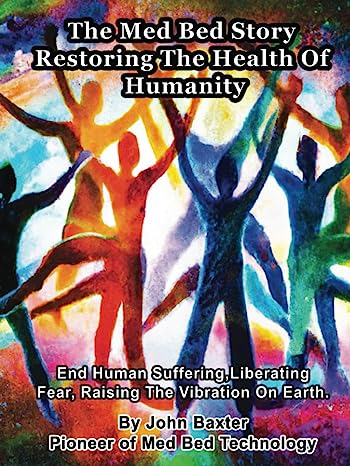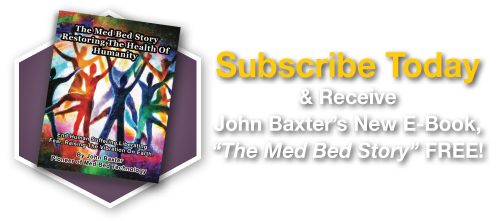Sleep is essential for maintaining overall health, but for those who struggle with sleep disorders, the experience of sleep can be far from restful. This is where sleep studies come in. But what can a sleep study diagnose? This article provides key insights into the various sleep disorders that can be detected through sleep studies, explaining how these tests can help individuals achieve better sleep and improved well-being.
What Is a Sleep Study?
A sleep study, or polysomnography, is a non-invasive test that monitors various physiological functions during sleep, including brain activity, heart rate, breathing patterns, oxygen levels, and muscle movements. The data collected from these studies helps sleep specialists diagnose sleep disorders and recommend effective treatments.
Sleep Disorders That a Sleep Study Can Diagnose
1. Sleep Apnea
- Overview: Sleep apnea is one of the most common sleep disorders diagnosed through sleep studies. It occurs when breathing repeatedly stops and starts during sleep due to a blockage in the airway (obstructive sleep apnea) or the brain's failure to send proper signals to the muscles controlling breathing (central sleep apnea).
- Symptoms: Loud snoring, gasping for air during sleep, daytime fatigue, and difficulty concentrating are common symptoms of sleep apnea.
- Diagnosis: Sleep studies can detect episodes of paused breathing, low oxygen levels, and disturbances in sleep stages, leading to an accurate diagnosis and treatment recommendations, such as the use of continuous positive airway pressure (CPAP) therapy.
2. Insomnia
- Overview: Insomnia is characterized by difficulty falling asleep, staying asleep, or waking up too early and not being able to fall back asleep. It can lead to chronic sleep deprivation and negatively impact mental and physical health.
- Symptoms: Difficulty falling asleep, frequent awakenings during the night, waking up too early, and feeling unrefreshed after sleep.
- Diagnosis: While insomnia is often diagnosed based on a person’s sleep history and patterns, a sleep study can help rule out other underlying conditions, such as sleep apnea or restless leg syndrome, that may be contributing to the insomnia.
3. Restless Leg Syndrome (RLS)
- Overview: Restless leg syndrome is a neurological disorder that causes an uncontrollable urge to move the legs, particularly at night or during periods of inactivity. It can significantly disrupt sleep, leading to poor sleep quality and daytime fatigue.
- Symptoms: Uncomfortable sensations in the legs, such as itching, tingling, or burning, that are relieved by movement.
- Diagnosis: Sleep studies can monitor leg movements during sleep to confirm the presence of RLS and assess its impact on sleep quality.
4. Narcolepsy
- Overview: Narcolepsy is a chronic neurological disorder that affects the brain's ability to regulate sleep-wake cycles. Individuals with narcolepsy may experience excessive daytime sleepiness, sudden sleep attacks, and episodes of cataplexy (sudden loss of muscle tone triggered by strong emotions).
- Symptoms: Excessive daytime sleepiness, sleep paralysis, hallucinations, and sudden loss of muscle control (cataplexy).
- Diagnosis: A sleep study, often followed by a Multiple Sleep Latency Test (MSLT), can help diagnose narcolepsy by measuring how quickly a person falls asleep and how quickly they enter rapid eye movement (REM) sleep.
5. Periodic Limb Movement Disorder (PLMD)
- Overview: Periodic limb movement disorder is characterized by repetitive, involuntary movements of the legs (and sometimes arms) during sleep. These movements can disrupt sleep and lead to daytime sleepiness.
- Symptoms: Repetitive leg movements during sleep, restless sleep, and excessive daytime sleepiness.
- Diagnosis: A sleep study can detect the presence of these movements and measure their frequency and impact on sleep stages.
6. REM Sleep Behavior Disorder (RBD)
- Overview: REM sleep behavior disorder is a condition in which individuals act out their dreams during the REM stage of sleep. This can involve vocalizations, limb movements, or even more complex behaviors such as talking or hitting. It can be dangerous for both the individual and their sleep partner.
- Symptoms: Physical movement or vocalization during sleep, such as punching, kicking, or talking.
- Diagnosis: A sleep study can detect abnormal activity during the REM stage, helping to differentiate RBD from other sleep disorders.
Additional Insights from Sleep Studies
Sleep studies not only diagnose specific disorders but also provide valuable insights into a person’s overall sleep health:
- Sleep Stages: A sleep study can reveal how much time you spend in each sleep stage, including light sleep, deep sleep, and REM sleep, providing a complete picture of your sleep quality.
- Oxygen Levels and Heart Health: By monitoring oxygen saturation and heart rate, sleep studies can detect issues such as hypoxia (low oxygen levels) or irregular heart rhythms that may be linked to sleep disorders.
Conclusion: The Diagnostic Power of Sleep Studies
Sleep studies are powerful tools for diagnosing a wide range of sleep disorders that can significantly impact a person's health and quality of life. From sleep apnea and insomnia to restless leg syndrome and narcolepsy, these studies provide detailed insights that guide effective treatment plans. If you're experiencing sleep-related issues, a sleep study could be the key to identifying the problem and getting the help you need for better sleep and overall well-being.




